 BRANDON BURRELL
.
January 09, 2020
.
Features
BRANDON BURRELL
.
January 09, 2020
.
Features
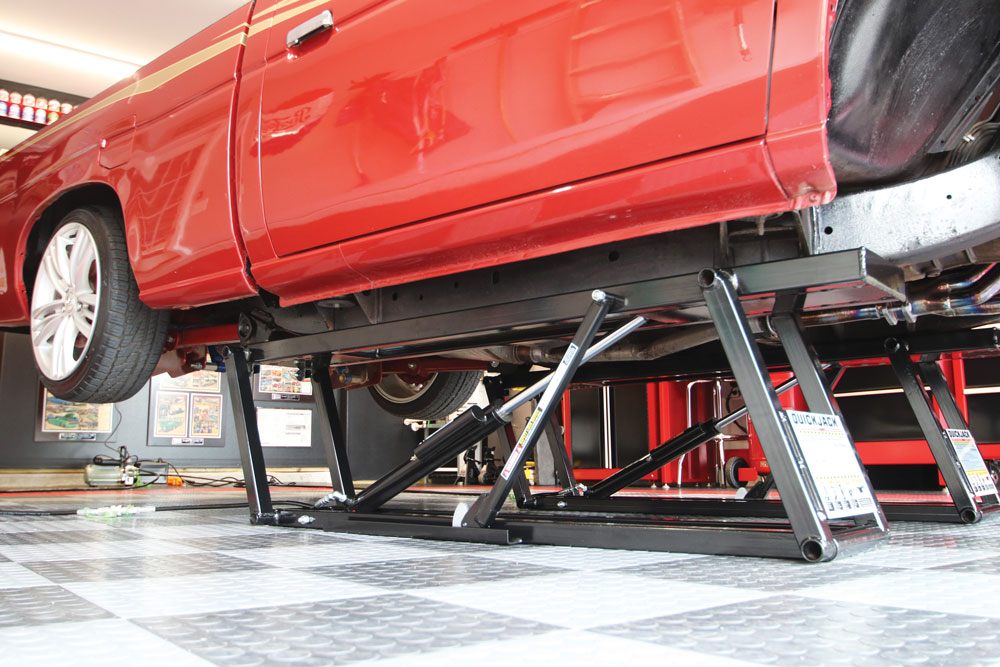
Dragging out the floor jack, jack stands and wheel chocks to do regular vehicle maintenance, rotate tires, modify a vehicle or even get better access for a detail job is annoying most of the time. That or the fact that most of us don’t have the floor space or ceiling height for a two- or four-post lift in our garages, or the extra chunk of money to buy one and have someone come permanently install it. If you’re like us, you’ve even put off doing something to your vehicle to avoid this hassle.
Knowing there had to be a better option, we began researching and found that Quickjack was a great tool for us and our readers. We reached out to the company for more info so we could learn more about this portable lift.
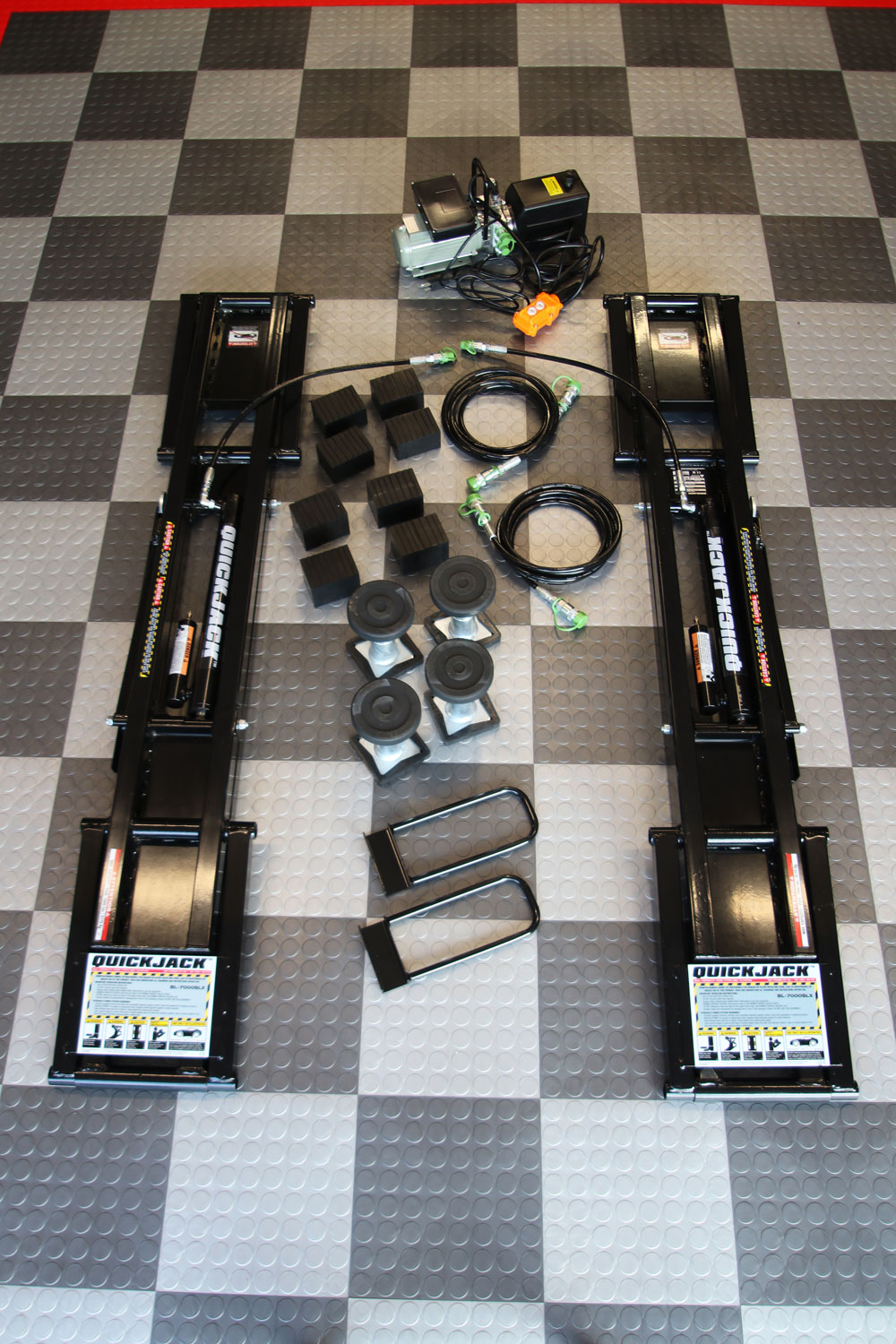
The model we are using for this article is the BL-7000SLX ($1,576 MSRP), which would be more than enough for most projects. It has a 7,000-pound total lift capacity and a collapsed height of 3.6 inches. This system is a fully portable vehicle lift that can be used in your garage, driveway, road or even taken to a racetrack. It is safe for any flat surface, even on the Racedeck flooring in the garage where we did the photo shoot. Using traditional jacks and jack stands on this type of composite flooring require pieces of plywood under the jack or stands to keep them from digging into the flooring. But with Quickjack, it’s smooth on the bottom and evenly spreads out the vehicle weight so it won’t damage the flooring. With such a small collapsed height and ease of portability, the full system can be stored against the wall or in a corner and actually takes up less room than a traditional floor jack.
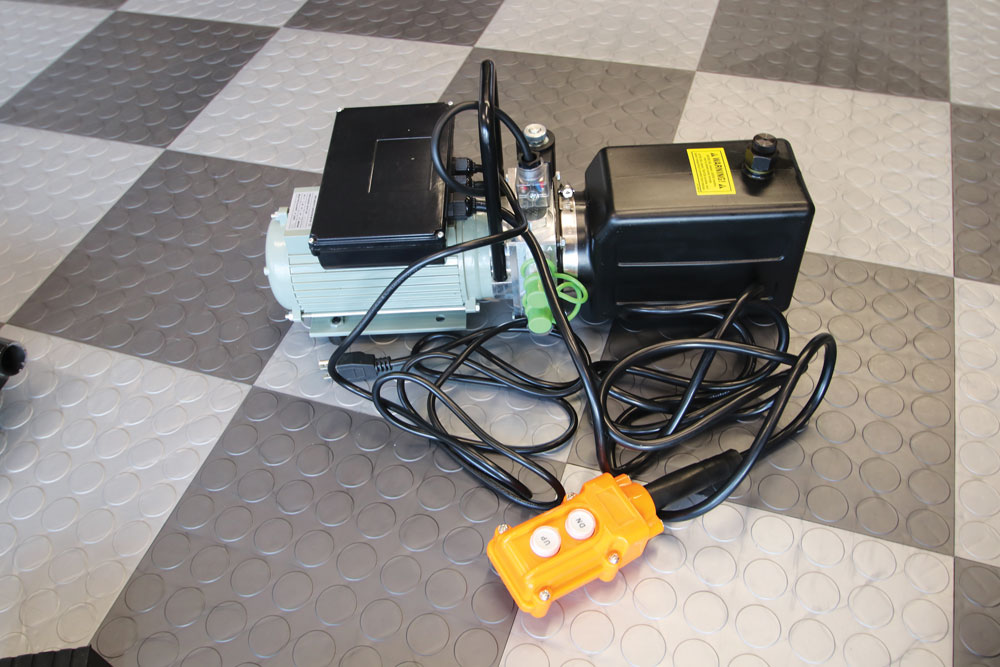
With the Quickjack, additional jack stands or bracing aren’t necessary. The system is designed to be completely safe to work under and has dual lock bars (one on each side) that lock the system in place, just like a traditional two- or four-post lift. It has a mid-rise locking position and a full-rise locking position. You raise the system slightly above the height you want, then let it down so the weight of the vehicle secures the lock bars. Then after working on the vehicle, you raise the system, flip the release over on both sides and safely lower the vehicle.
Once you receive the system, it requires some steps to set it up, including installing a few hose ends and filling it with hydraulic fluid per the included instructions. After the initial set up is done, it only takes 60 seconds for it to go from being flat on the ground to lifting your vehicle. Slide the Quickjack ramps under each side of the vehicle, (do not drive over them), attach the supplied hoses and power supply using the quick connect fittings, plug the power supply into a standard 110v wall outlet and press the “up” button on the controller, and you are done. Then when you are finished using the system, unlock the safety lock bars, press the “down” button and slide it out from under the vehicle. With the Quickjack system, you can also leave your vehicle lifted for as long as you need. You can even unhook the power unit to get the hoses out of the way.
The system comes with short and tall blocks to put between the ramps and your frame or jack points, but we also got the optional SUV and Light Truck Adapter kit because we knew we would be working on larger vehicles than the Nissan in the photos. If you check out the Quickjack website, you can see all available accessories, lift options and more information on how they work. Follow along with the photos and see how easy the system is to use.
After using it a couple times, we are spoiled and will use them over a traditional jack and jack stands every chance we can.
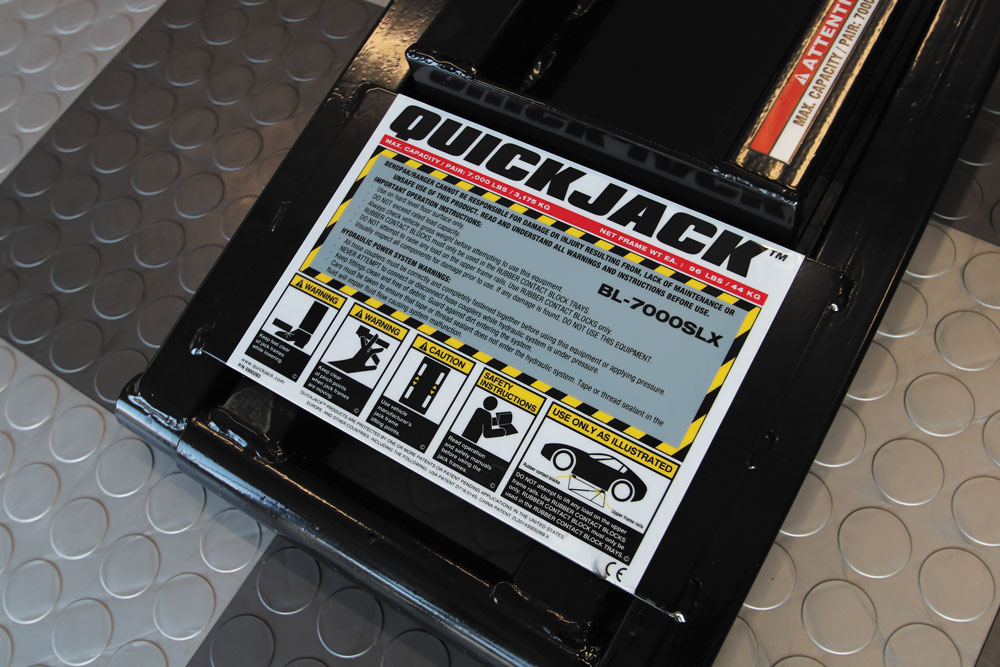
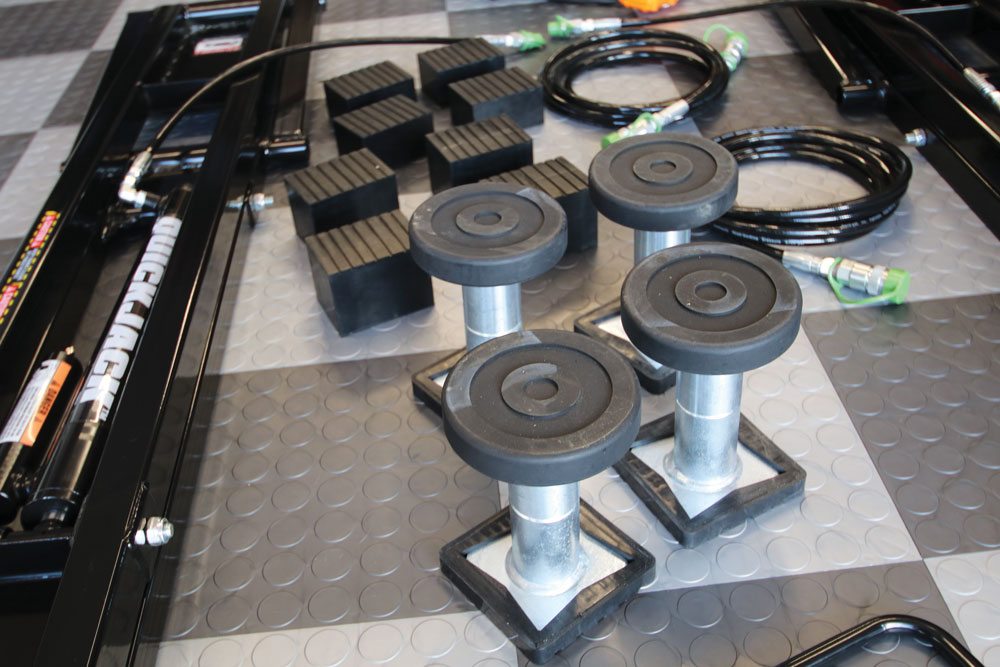
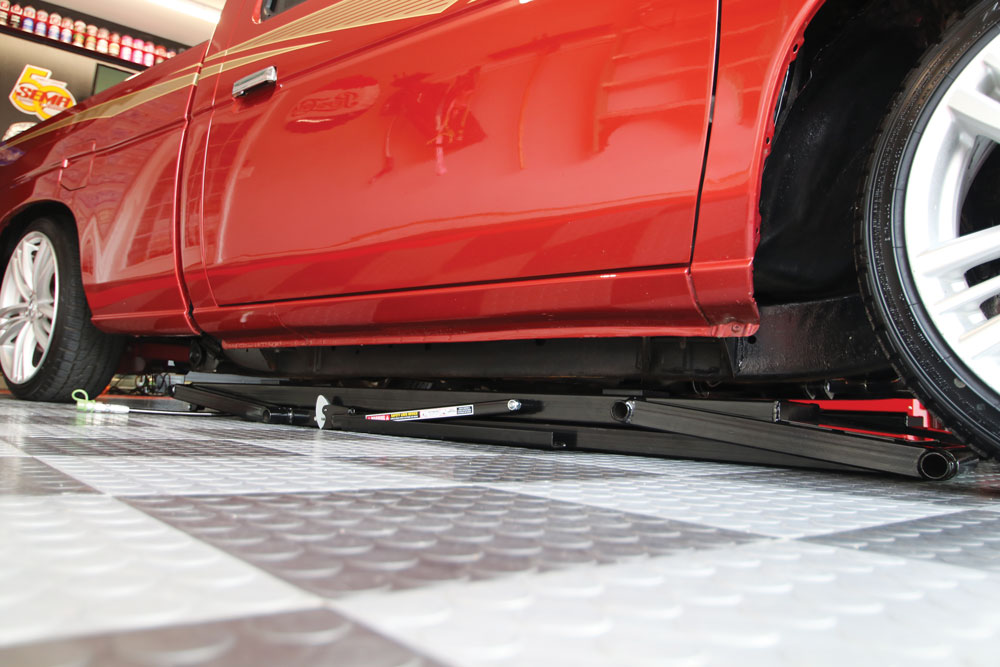
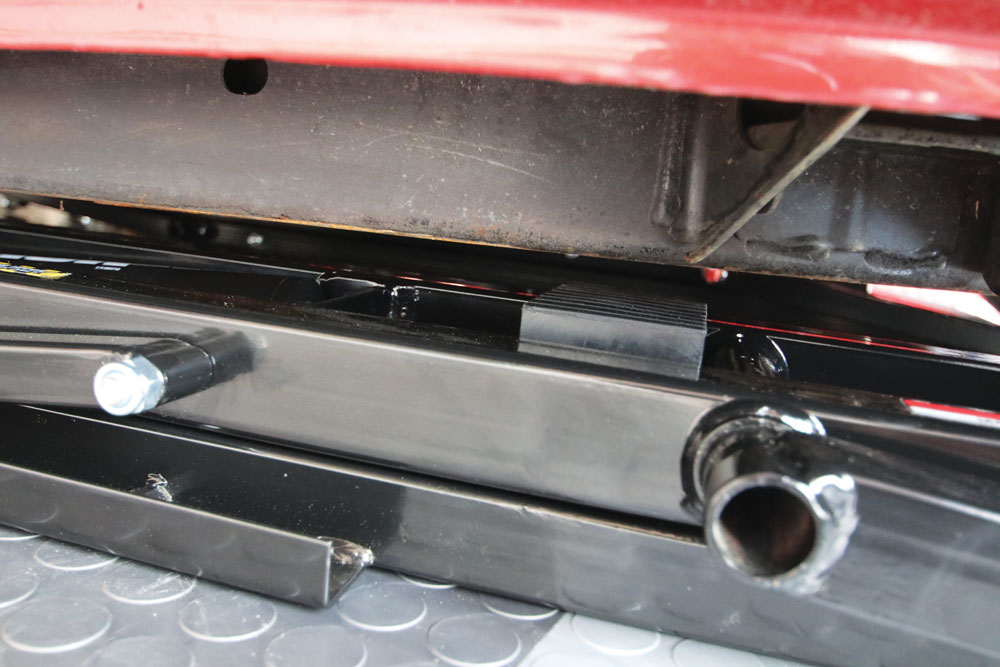
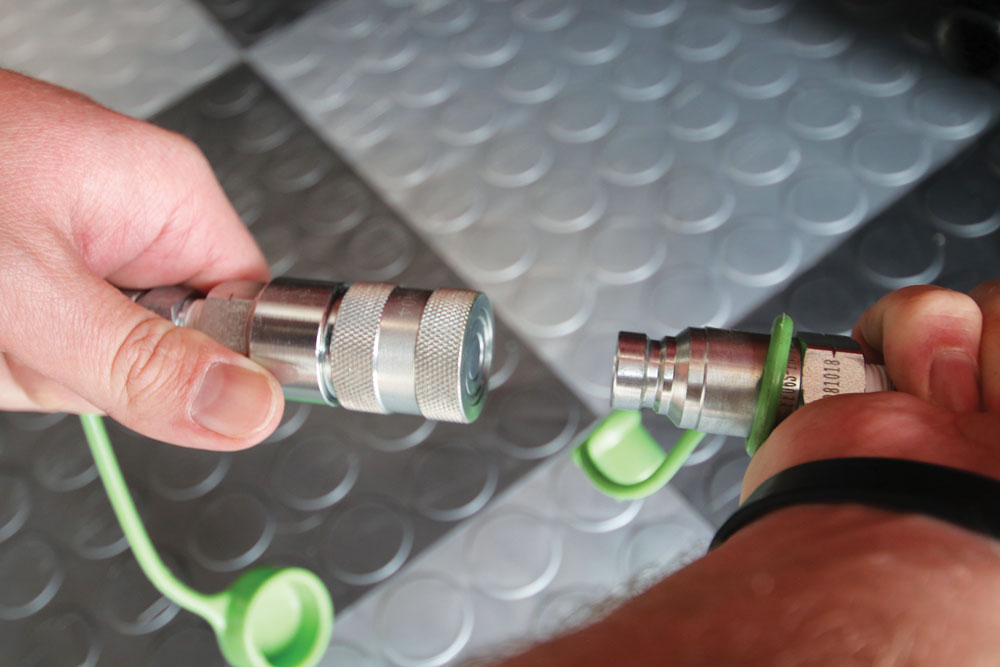
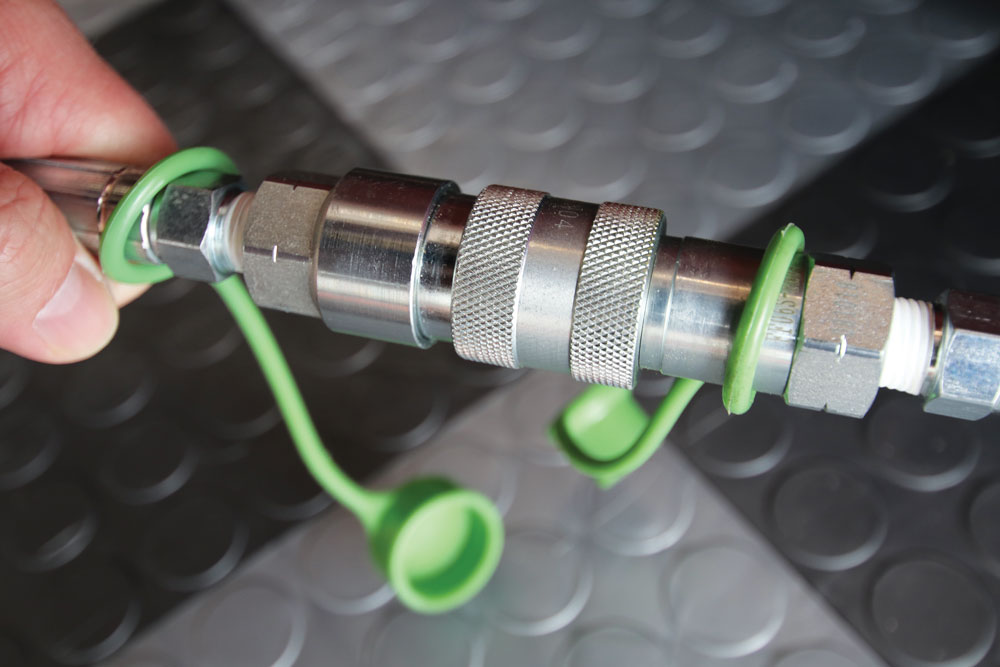
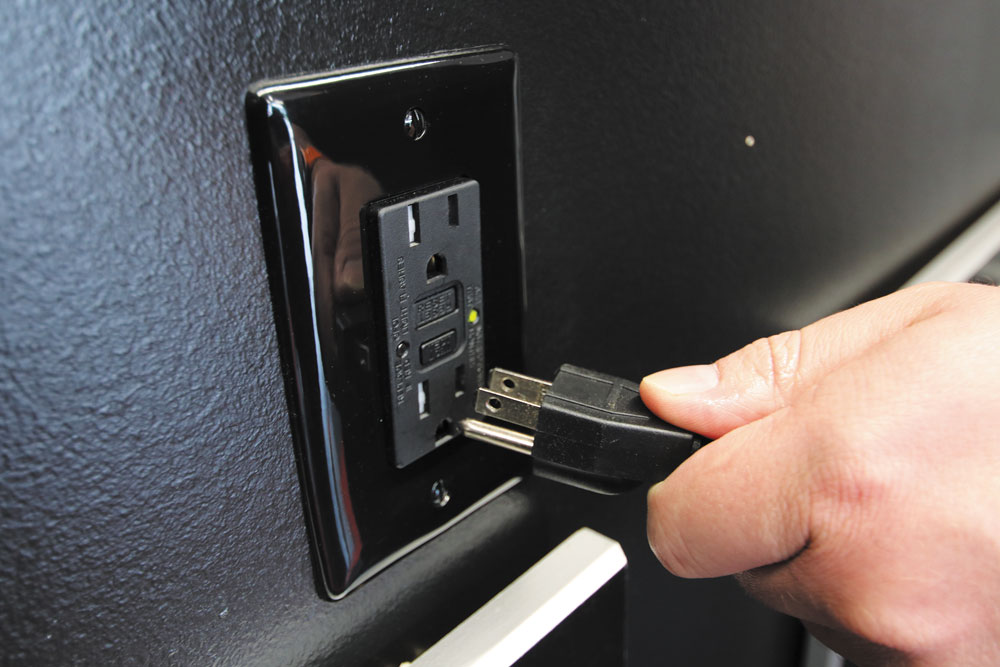
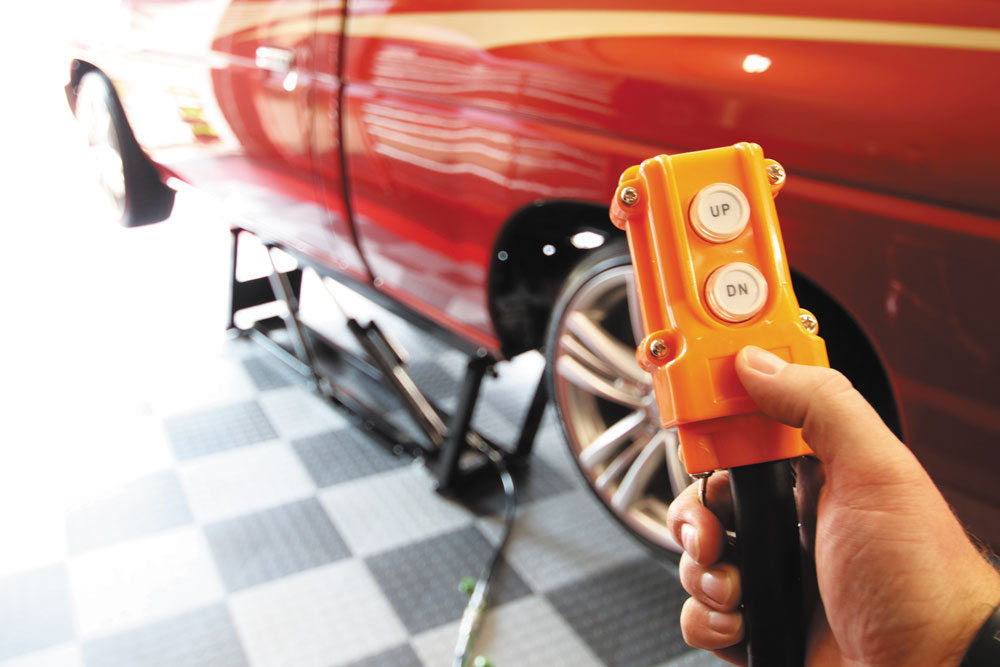
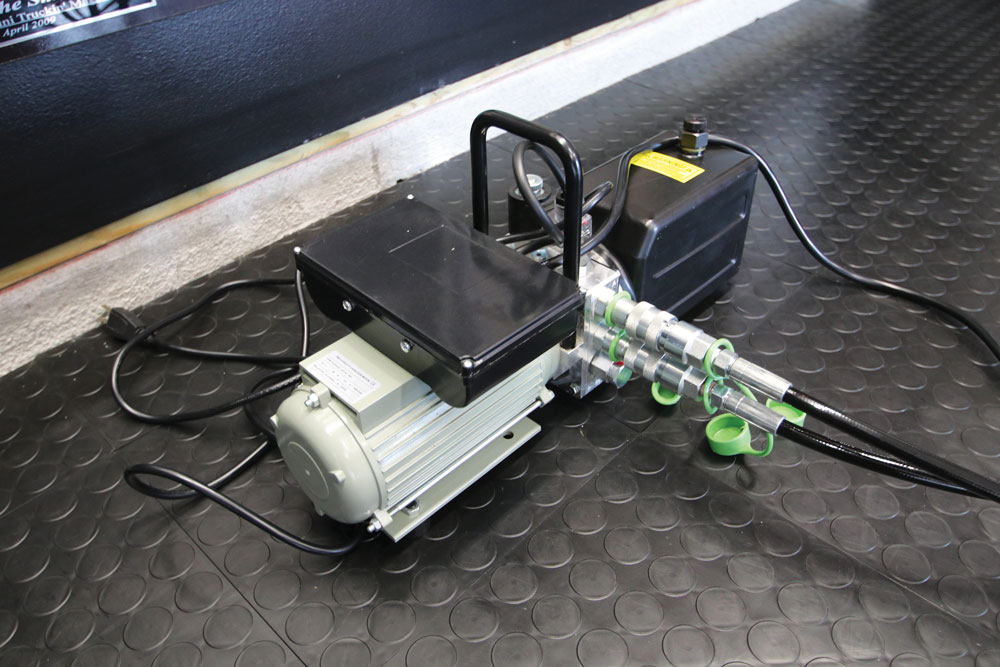
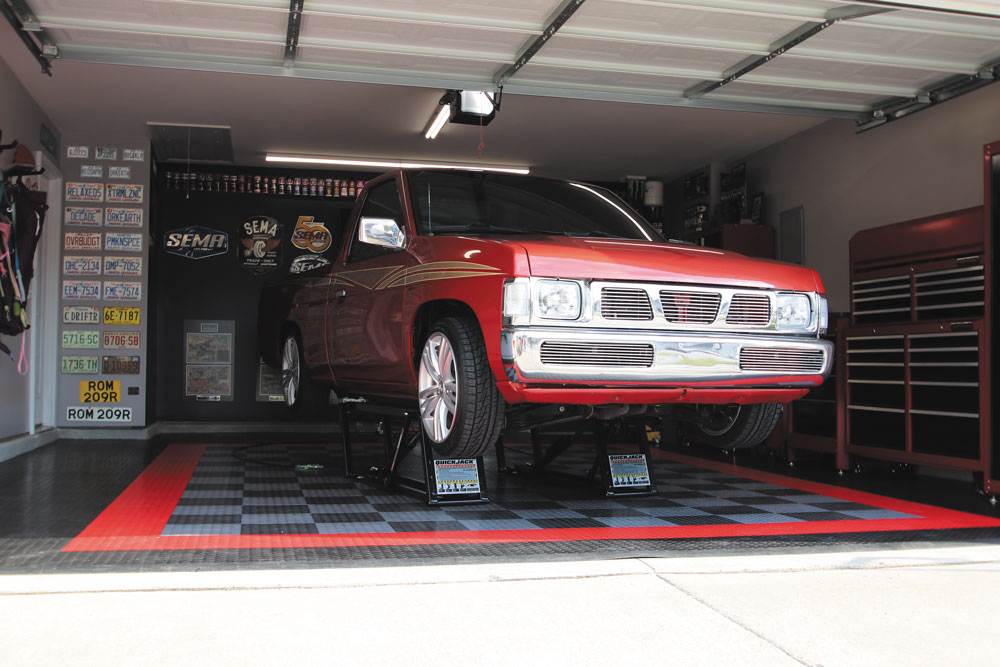
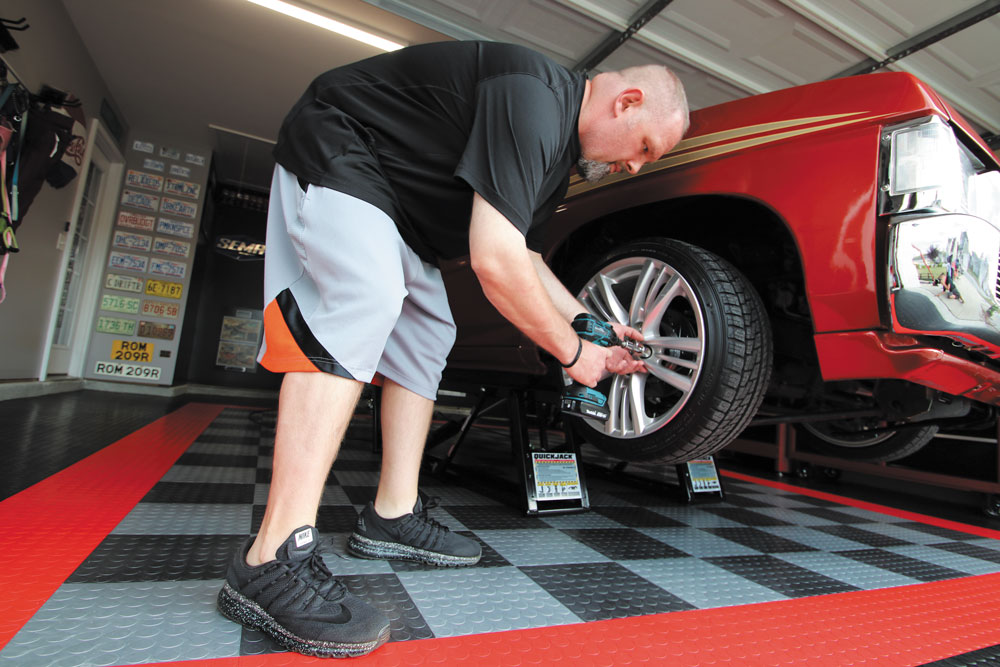
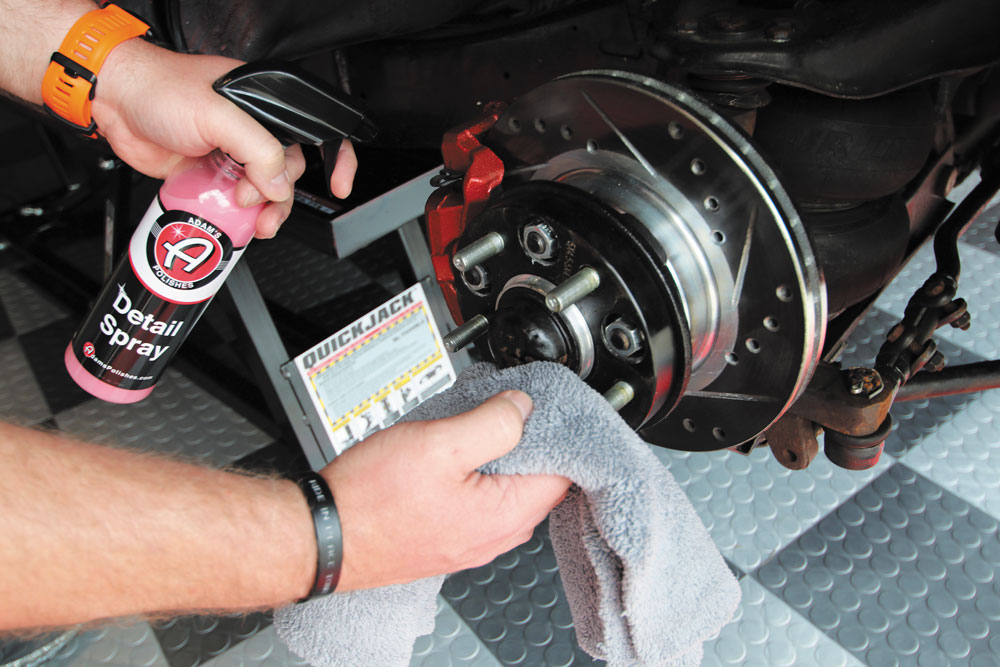

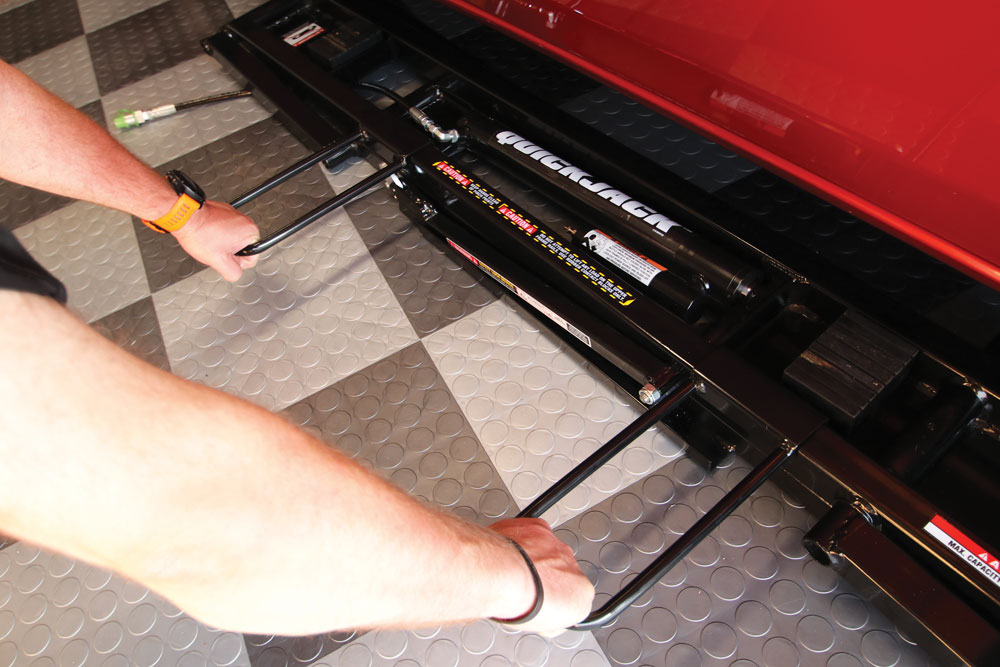
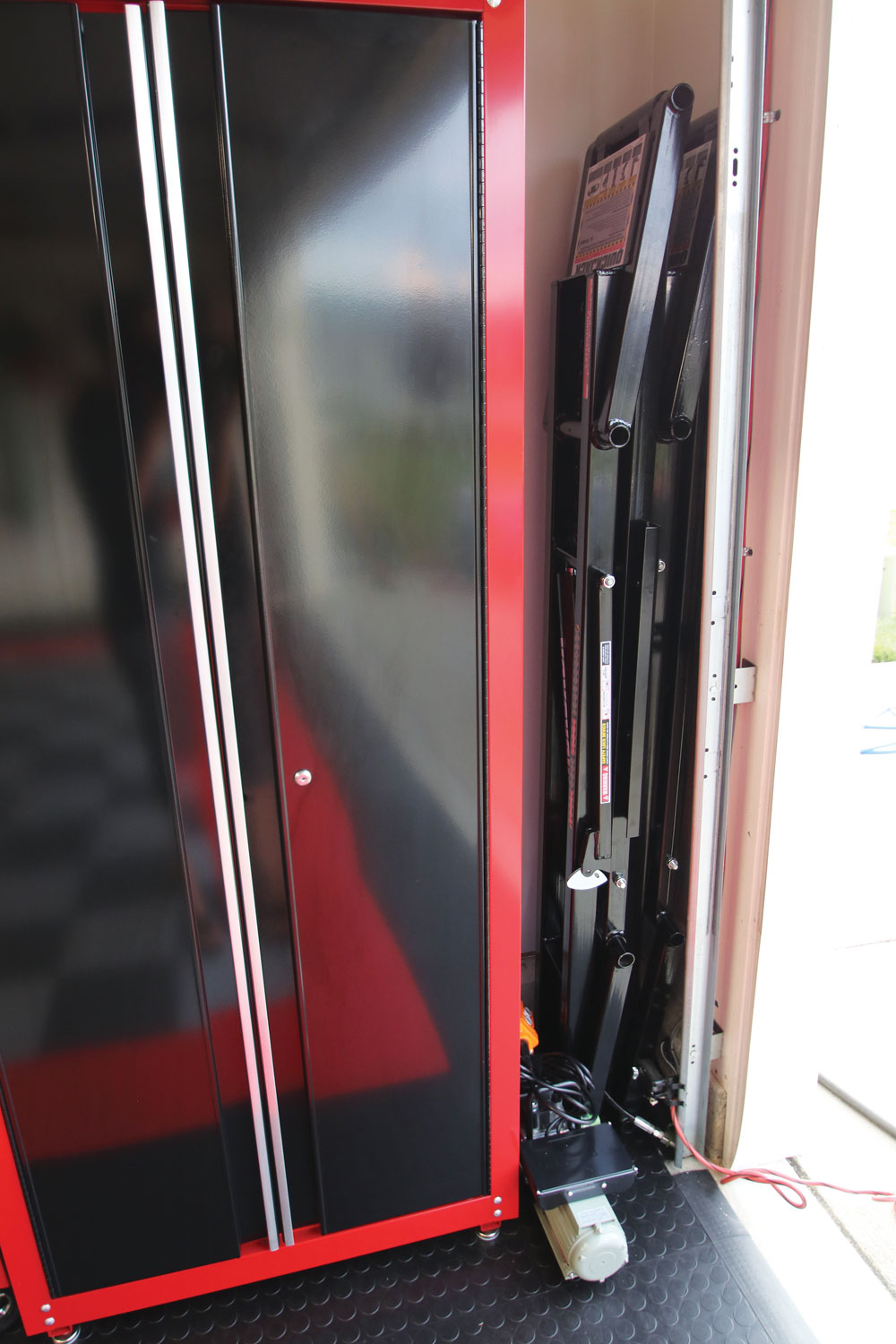
Share Link